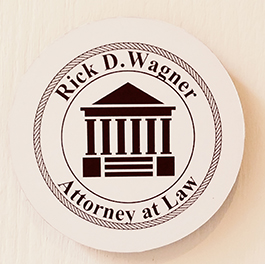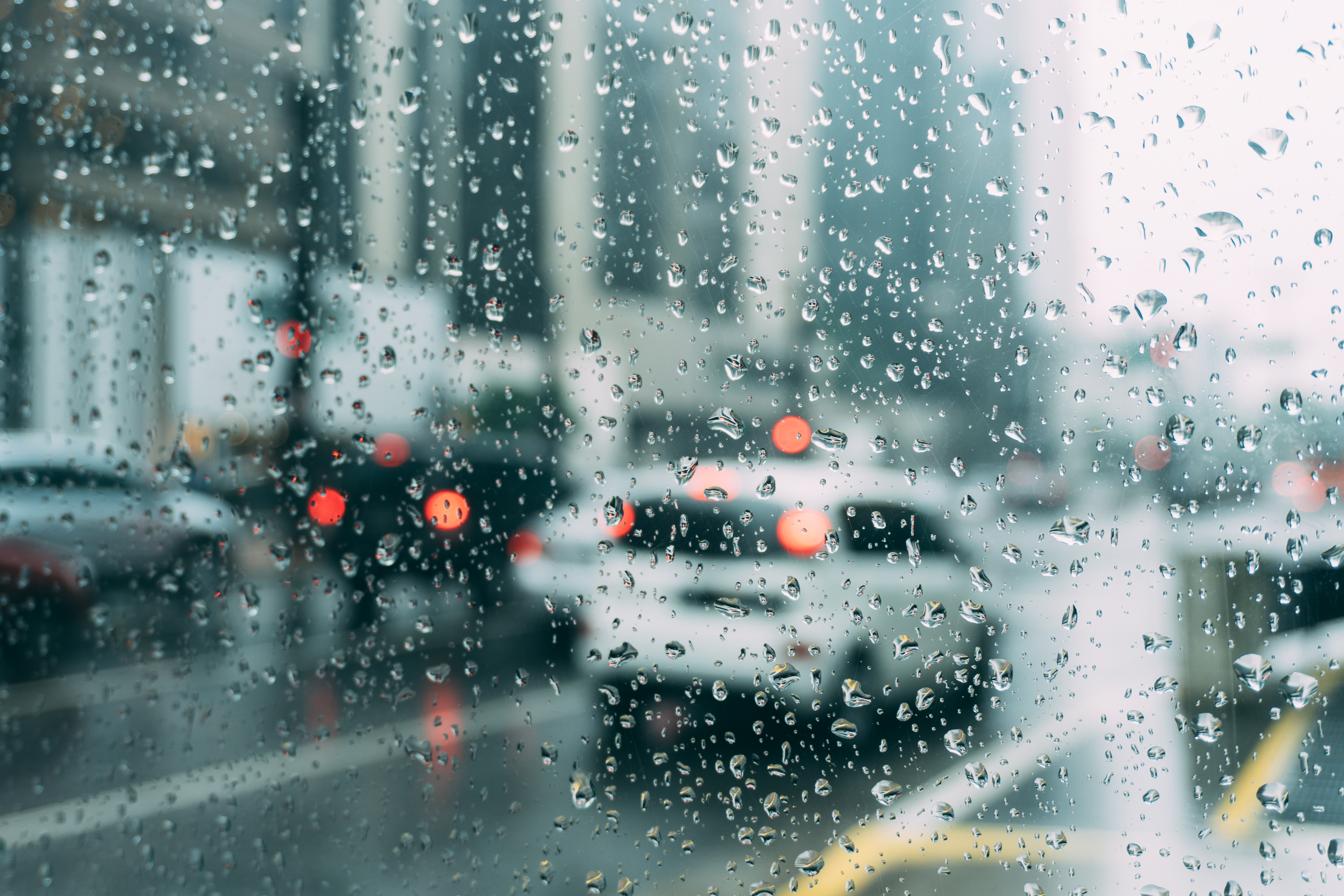Did you know that, according to the NHTSA, 46% of weather-related accidents happen when it’s raining? That’s over 2x more than happen when it’s snowing or icy out. In most situations, drivers slow down when there is snow or ice on the roads. Often drivers don’t consider rain to be as hazardous and therefore don’t slow down.
One hazard that drivers face when it’s raining is hydroplaning. Hydroplaning usually occurs when drivers are traveling too fast in heavy rain.When you hydroplane your tires stay on the water surface just above the pavement. There is no traction between your tires and the road. If this happens to you it’s best take your foot off the gas. This may help the front of your car drop slightly so that your front tires will regain traction with the road. If this doesn’t work, very slowly begin to use your brakes. Keep your eyes on where you’re going and continue to steer in that direction so that when your tires do regain traction, you don’t run off the road. Keep reading for more tips on driving in rainy weather.
- Check tread on your tires. You can use a quarter, inserted upside down, to do this. If Washington’s head is covered at all, then your tires should still have plenty of tread on them. You should also check your tire pressure (this can be done at home with a tire gauge and your tire’s recommended levels are listed on the inside of your driver’s side door).
- Check your windshield wipers to make sure they are in good working condition at all times.
- Check all of your lights: headlights, tail lights, brake lights and blinkers.
- Slow down. It’s harder for your tires to grip the road when it’s raining, and slowing down will help with that. It will also help to prevent hydroplaning.
- Give drivers more room. When following cars, try to stay at least a full car length behind the car in front of you. In severe rain or if it’s dark and raining, stay at least two car lengths behind.
- Don’t use cruise control when it’s raining. When you’re controlling your speed manually, as soon as you remove your foot from the gas pedal the car begins slowing down. This also causes the front of the car to dip down, giving more weight to the front and more traction between your tires and the road. With the cruise control on, there is no automatic slowing when you move your foot off of the gas pedal.
We at Rick Wagner’s Law Office in Grand Junction recommend that you drive slowly and in control at all times in order to prevent yourself and others from car accidents.

